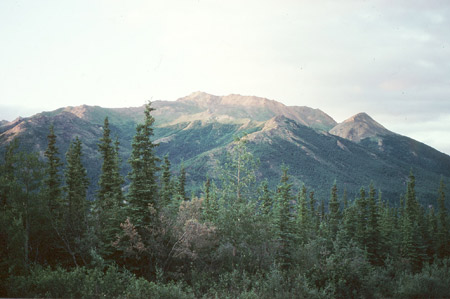taiga

Taiga is a region of coniferous forest extending over thousands of square kilometers of Siberia, Russia, Finland, Sweden, Norway, and Canada. The climatic conditions are unsuitable for more deciduous woodland, although birches are occasionally found. Summer temperatures are around 15° (59°F), and January averages –10°C to –20°C (14°F to –4°F). There are several months with temperatures below freezing point, and the subsoil is frozen for much of the year. The roots of the coniferous trees spread out horizontally because they cannot penetrate vertically into the ground. The main types of tree are spruce, larch, fir, and pine. In the southern parts of the taiga, the trees grow to 15 meters (50 feet) in height, but further north the trees become smaller until they are little more than bushes, and tundra vegetation can be seen. Wherever coniferous forests occur, the needles fall to the ground to produce the type of soil known as podzol, which is acid and ashy gray in color.


